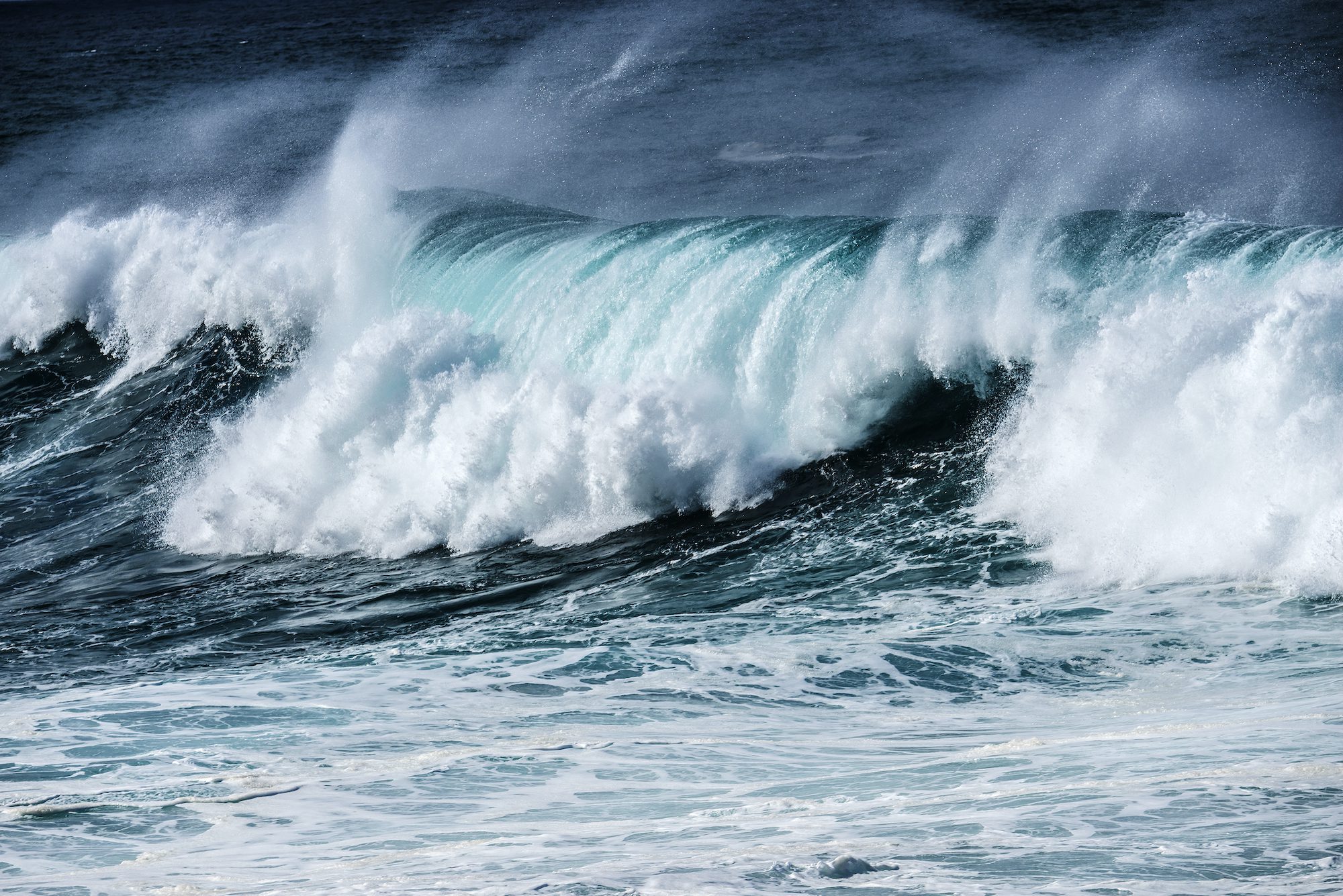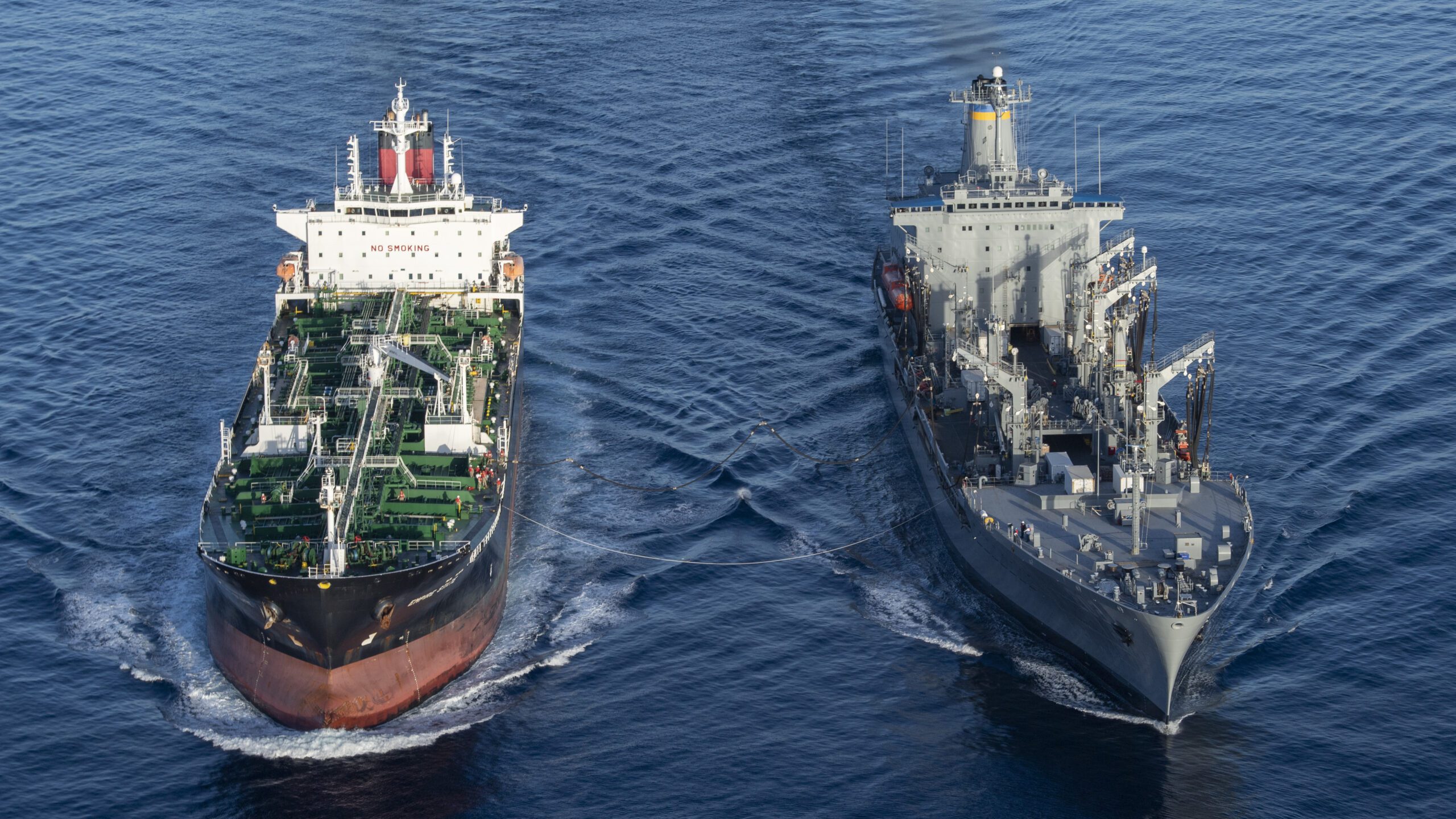The U.S. Department of Energy (DOE) has announced $25 million in funding to support research and development of commercially-viable renewable wave power technology.
The funding will support eight projects that will make up the first round of open-water testing at the PacWave South test site, located off the Oregon coast, with the goal of accelerating the commercial viability of wave energy technology and deploying it at scale to help decarbonize the power grid.
“Harnessing the unrelenting power of the ocean is a clean, innovative, and sustainable way to curtail carbon pollution — benefitting American businesses and families, especially coastal communities hit hardest by the impacts of climate change,” said U.S. Secretary of Energy Jennifer M. Granholm. “Diversifying and expanding our clean energy sources will usher in a new era of energy independence that makes the grid more resilient, curbs the climate crisis, and saves Americans money on their energy bills.”
The funding comes as President Biden has set a goal of net-zero carbon emissions by 2050.
Wave energy converters, which capture and convert natural wave energy into carbon-free electricity, require testing in realistic conditions to be deployed at scale, but obstacles such as permitting challenges and a scarcity of available test sites has made open-water testing, at least in the United States, a challenge.
In 2016, DOE partnered with Oregon State University to build the PacWave South test facility, a proposed $80 million open ocean wave energy test center to be located about six nautical miles off Newport, Oregon. The project was issued its research lease by the Department of Interior’s Bureau of Ocean Energy Management in February 2021, making it the nation’s first accredited, grid-connected, pre-permitted, open-water wave energy test facility approved in federal waters. The area, which will span approximately 1,696 acres or 2.65 square miles, will consist of four test berths to support the testing of up to 20 wave energy converter (WEC) devices, with an installed capacity of up 20 megawatts.
“Wave energy is an essential piece of the strategy to combat the climate crisis, and I’m gratified that Oregon State University, Portland State University and our state will play a central role in developing this energy source to its full potential,” said U.S. Senator Ron Wyden (OR). “I look forward very much to what the innovative minds at both OSU and PSU as well as elsewhere develop with these projects that put our country on the path to a clean energy future.”

 Join The Club
Join The Club











